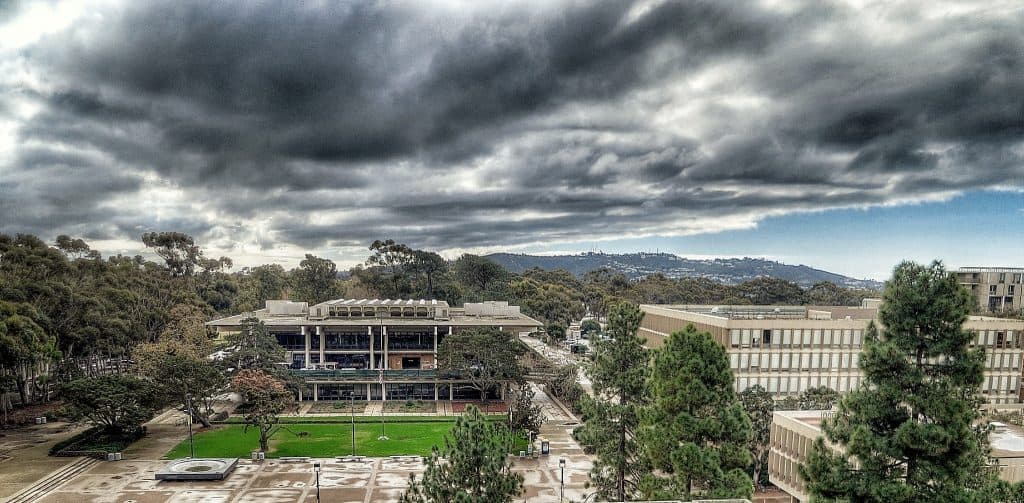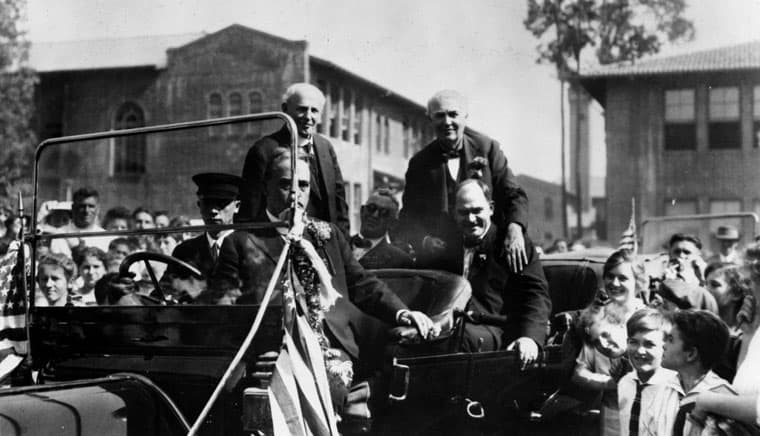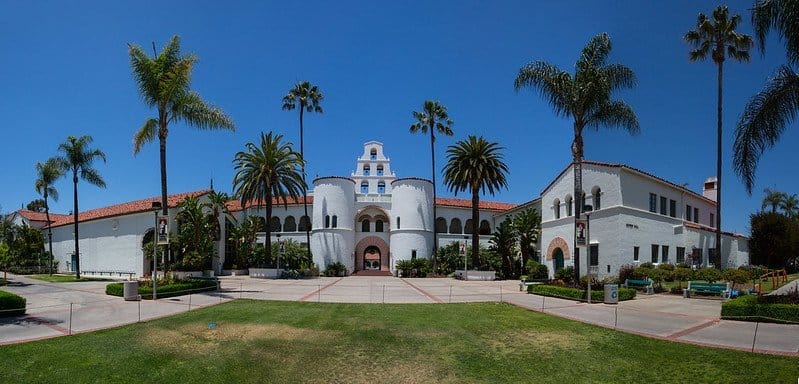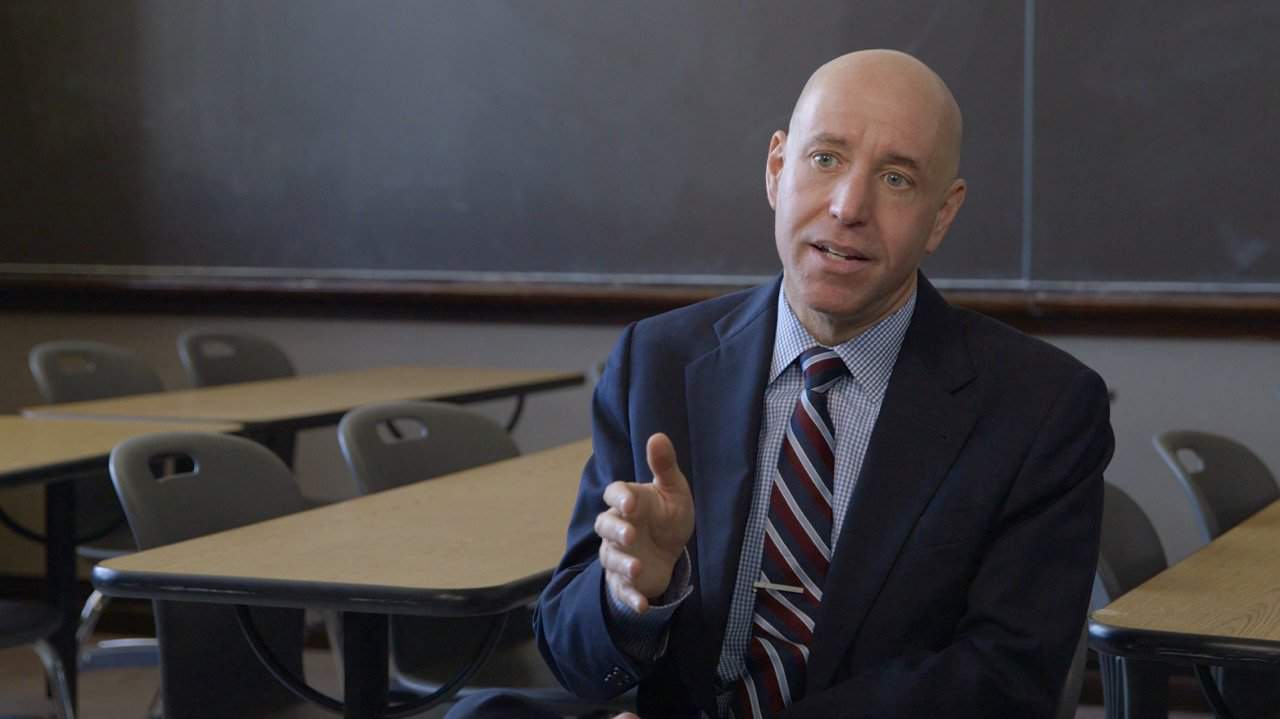Jaelyn Deas and her four best friends shared everything, including late-night study sessions in the library at San Jose State University and a never-ending preoccupation with how they’d pay for their tuition there.
The one thing they didn’t do together? Graduate.
While she was juggling a major in international business, a minor in Japanese and a job to help keep up with her expenses, Deas fell behind, and her friends put on their caps and gowns and walked across the stage in May without her.
It was they who were defying the odds. Fewer than 20 percent of her classmates who entered San Jose State in 2014 finished in four years — less than half the national average.
That didn’t make Deas feel any better. She considered quitting, or transferring to a community college. Then she was summoned to the financial aid office, where she learned that the university, part of the California State University System, was giving her a grant of up to $1,500 to help her get across the finish line.
“I walked out of the office crying. I had no idea something like this existed, and it took a burden off my shoulders,” said Deas, who is on track now to earn her bachelor’s degree before the year is out.
It’s one example of the many ways that California is taking on seemingly intractable problems that are plaguing higher education nationwide.

These include the longer-than-expected amount of time it takes students to graduate; high dropout rates; financial aid that doesn’t cover living expenses; courses that cost more than students will earn from what they learn; credits that won’t transfer; pricey textbooks; and “remedial” education requirements that force students to retake subjects they should have learned in high school, often frustrating them enough to quit.
California, with a higher education budget for 2019-2020 of $18.5 billion, is bucking a national trend — most other states are continuing to reduce, not increase, their higher education budgets. All but four states are spending less on higher education, per student, than they did in 2008, according to the Center on Budget and Policy Priorities, a liberal-learning think tank. Those spending more? Hawaii, North Dakota, Wyoming — and California.
Fueling the reforms and the funding behind them are a projected shortage of workers with the necessary degrees to fill the jobs of the future, a public backlash in response to budget cuts made during the recession and a concern that the state had been abandoning its long tradition of high-quality, low-cost education.
Californians remember “when younger generations could truly expect to live a better life than their parents and grandparents. And that dream has been fading,” said David Chiu, a member of the State Assembly from San Francisco who is active in education issues.
“That’s why so many of us have been focused on how do we bring this back,” Chiu said. “Because we had that history, because we knew what a well-functioning higher education system could do, we aspire to that again.”
Glory days gone by
Over the course of a century, California built the country’s top-ranked public research university and its largest and most affordable community college system. Today there are 10 University of California campuses, 23 Cal State (or CSU) campuses and 115 community colleges.
A California resident in 1960 could earn a bachelor’s degree at the world-class University of California, or UC, for just $60 per semester in “incidental fees” — about $500 in today’s currency. That same year, the state adopted a master plan for higher education: The UC would serve the top eighth of graduating high school seniors while the top third would be eligible to attend a CSU campus, and the community colleges would be open to all.
The goal, writes historian John Aubrey Douglass, was “broad access combined with the development of high quality, mission differentiated, and affordable higher education institutions.”

But in the coming decades, politicians of both parties would respond to economic downturns by cutting higher education funding, causing tuition to rise. The trend peaked during the recession that began in 2008, when UC hiked undergraduate tuition by nearly a third in a single year.
At the same time, California’s student population was changing in ways that foreshadowed national trends, becoming more ethnically diverse, with growing numbers coming from low-income families in which they are the first to go to college. No racial or ethnic group constitutes a majority here; 39 percent of residents are Hispanic, 38 percent are white, 14 percent are Asian and 6 percent are black. More than a quarter are immigrants.
The price of undergraduate tuition and fees, when adjusted for inflation, has increased sixfold in the last 40 years at the University of California and is 15 times higher at California State campuses, according to the independent California Budget and Policy Center.
The upshot? Like many states, California is behind in its progress toward a goal of increasing the proportion of adults with a college or university credential, according to the Lumina Foundation, which tracks this. Today, fewer than half of its adults have one, short of the target of 60 percent by 2030 set the Campaign for College Opportunity, an advocacy group. (Lumina is among the many funders of The Hechinger Report, which co-produced this story.)
“That number gets a lot of play across the street,” said Jake Jackson, a Sacramento-based research fellow at the nonpartisan Public Policy Institute of California, or PPIC, gesturing toward the state Capitol.
New era, new mindset
In essence, California’s state university system is trying to adapt the tools that served it well in the past for the very different needs of today’s changing student body. This means recalculating based on new economic realities, demographic shifts and a rapidly evolving jobs landscape. Here are a few ways it’s keeping pace with the present.
Accept more transfer students
One way to attract more students who weren’t put on the “university track” early is to increase the number of transfer students, especially from community colleges.
To achieve this, then-Gov. Jerry Brown threatened in 2017 to withhold a $50 million allocation to the UC system unless it increased its share of transfer students. He also said he would strip private colleges and universities of their eligibility for the $2 billion Cal Grant program unless they did a better job admitting transfers.
The pressure worked. Brown wanted some public universities with low numbers of transfers to take one transfer student for every two freshmen, a goal they’ve largely met. In addition, the private, nonprofit member institutions of the Association of Independent California Colleges and Universities have agreed to collectively enroll 3,000 transfer students annually by next year.
Make sure students get the classes they need, and aren’t trapped by the ones they don’t
Some of that extra money has gone toward adding sections of courses that were filling up too fast. Not getting into the classes he needs is a big fear for student James Soberano, a San Jose State freshman majoring in computer engineering who was pecking away at his laptop in the student center.
“I definitely want to be out of here in four years,” Soberano said. “If not, I’ll be taking summer classes to be sure I am.”

Another effective way of speeding students toward degrees is by eliminating noncredit remedial courses, which require them to repeat subjects such as algebra and English. More than four in 10 college students across the country end up in remedial — also called “developmental” — classes. That costs students $1.3 billion a year, according to the Center for American Progress, and many simply give up.
In California, 80 percent of community college students were being sent to remedial courses in English or math, and only 16 percent of them earned a certificate or associate degree within six years, according to the PPIC.
In response, in 2017, California’s community colleges began putting less-well-prepared students into credit-bearing introductory courses with extra tutoring. The CSU system, too, started doing this last year, and now also funnels students with low high school grades or standardized test scores into special preparation programs in the summer before their freshman years.
Though some faculty members have objected to the changes, early studies suggest they’ve led to big improvements: 63 percent of community college students who went directly into transfer-level English composition courses with tutoring successfully completed them, compared to 32 percent who went to remediation.
Provide the basics so students can focus on studying
Bright murals decorate the walls of UC Berkeley’s Basic Needs Center, framing the entrance to a food pantry laden with organic mac and cheese, fresh produce and bread from a nearby bakery.
Students who have trouble affording food and rent come here to do their grocery shopping, sign up for public benefits or meet with counselors. A community kitchen is under construction, and volunteers use a bicycle with a custom trailer to pedal around nearby neighborhoods collecting excess produce from residents’ gardens.
The center is the result of student activism spotlighting the nontuition costs of college in a state where the price of housing has reached staggering heights. The goal: to ease students’ stress about food and shelter so they can focus on their studies.
Researchers have documented widespread food and housing insecurity among students across the country, and the purchasing power of the federal Pell Grant, which can help cover living costs, is at a historic low. California students spend an average of $2,020 a month on food, housing, books, supplies and transportation, a survey released in September by the California Student Aid Commission found.
Put the wind at their backs as they approach the finish line
The state invested $75 million last year to try to raise low CSU graduation rates and plans to spend another $75 million this year. The rates have already slowly started to improve, with 27.7 percent of CSU students now finishing in four years, up from 19 percent in 2015. (The most recent available national average is 42 percent, the U.S. Department of Education says.)
For some students, a relatively small cash infusion is all they need to make sure their final months aren’t tripped up by unaffordable expenses. The “Spartan Completion Grant” that Deas got is part of a program that began last year for seniors who are within two semesters of earning their degrees and meet other requirements. They can receive up to $1,500 per semester. The university says that 70 percent of recipients have graduated.
Cut costs without cutting corners
California has thrown a lot of other ideas at making college more affordable.
The California State system and some UC campuses have substituted cheaper digital books and open-source materials for textbooks, for example, which the CSAC found cost California students $1,080 a year.
The CSAC itself last year began to address the complex process of applying for financial aid, which research shows makes prospective students less likely to enroll in college in the first place, by creating a more user-friendly website and making it easier to compare the costs of different schools.
In a pilot program by the California Policy Lab, redesigning and simplifying letters sent to 130,000 high school students about Cal Grants made them nine percent more likely to register for the online Cal Grant system by June of their senior years. “That’s a lot of new students able to attend college and improve their career options,” said the lab’s executive director, Evan White.
Many campuses are opening food pantries like the one at UC Berkeley, holding outreach fairs to sign up students for the state’s version of the federal food stamp program or starting emergency housing programs — all backed by that more than $50 million in this year’s state budget to help deal with student hunger and homelessness.
Respect your elders
The state is trying to help older students, too, a challenge also facing the rest of the country. More than 35 million Americans over age 25 have some college credits but never got degrees, the Census Bureau says; 29 percent of undergraduate and 76 percent of graduate students are 25 or older, the U.S. Department of Education reports. But many juggle families and jobs, and aren’t eligible for state financial aid.
This year, Gov. Newsom successfully pushed to provide students at public universities and colleges who are parents of dependent children with as much as $6,000 a year for books, childcare and other nontuition expenses on top of tuition aid. An estimated 29,000 parents qualify, the governor’s office says. In September, the state debuted an online community college designed especially for people 25 to 34 who are already working but don’t have a college degree or certificate.
A Golden State warrior
Few other states are trying as many reforms at once as California, or can do so at such scale; its financial aid program is the nation’s biggest, and its community colleges alone have a collective enrollment of 2.1 million. Still, the Golden State is becoming a valuable laboratory for solutions that could address some of the problems of America’s higher education system.
California still has to figure out how to cope with the challenges that come with that scale. Each year, tens of thousands of qualified applicants are turned away from UC and CSU campuses due to lack of space.
But California’s size will also continue to make it a laboratory for innovation, Kevin Cook, associate director of the PPIC Higher Education Center, said.
“There’s a lot of interest from large funders,” he said. “Because of the size of the state, if you can make something work here, it will probably work anywhere else.”
This story about California higher education was produced by CalMatters, a nonprofit news venture covering California policy and politics, and The Hechinger Report, a nonprofit, independent news organization focused on inequality and innovation in education. Sign up for Hechinger’s higher education newsletter and the CalMatters newsletter WhatMatters.






